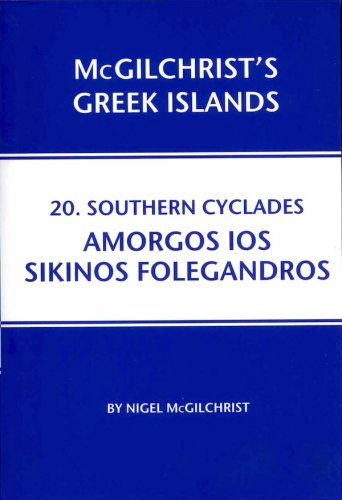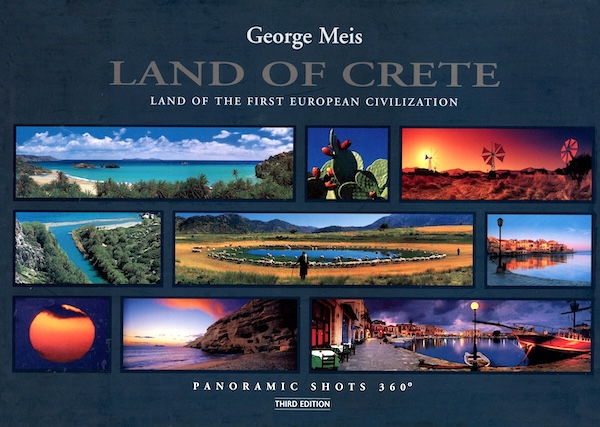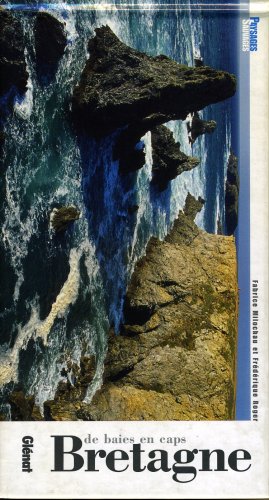Southern Cyclades
Amorgos Ios Sikinos Folegandros
Southern Cyclades
Amorgos Ios Sikinos Folegandros
- Non disponibile, richiedi informazioni sulla disponibilità
- Possibilità di reso entro 10 giorni lavorativi
- Transazione sicura con carta di credito, Paypal o bonifico bancario
- Spedizione tracciata con SDA
The landscape of Amorgos invites dramatic settings. Few other islands combine as succinctly so much history and landscape and important archaeology as Amorgos. Walking on the island is perhaps the greatest pleasure it affords. The three cities founded in historic times - tactfully distanced from one another so as to divide the island into three equal parts - all occupy exhilarating summits or promontories. Two thousand years later, monks fleeing Arab incursions into Palestine took refuge on the island and established their community in the most impossible site of all - the Panaghia Chozoviotissa Monastery, half-way up a 400m precipice above the sea, is one of the most unforgettable sites of the Aegean. Ios has a picturesque Cycladic chora and a number of the finest beaches in the Aegean. The island's solitary beauty and grandeur have been compromised in recent years by the construction of roads and a boom in tourism. Recent changes in the local administration suggest that there is a will to redress some of the damage done to the island's traditional social structure. Sikinos is a remarkably tranquil island with much of its mountainous landscape wild and scarcely accessible. One of the most interesting and best-preserved Roman monuments in the Cyclades is the Monastery of Episkopi, a grand mausoleum which has survived by being converted into a Christian church. The settlements of Ancient Sikinos and at Palaiokastro are both remarkable for the alarming perpendicularity of their sites. Few islands can boast a more attractive and dramatically sited chora than Folegandros, with its compact mediaeval centre and a chain of beautiful shaded squares. The island is delightful, with several civilised places to stay, pleasant cafes and many attractive beaches. There are a number of interesting walks along the island's network of stone-paved mule paths with majestic cliffs on all sides.









